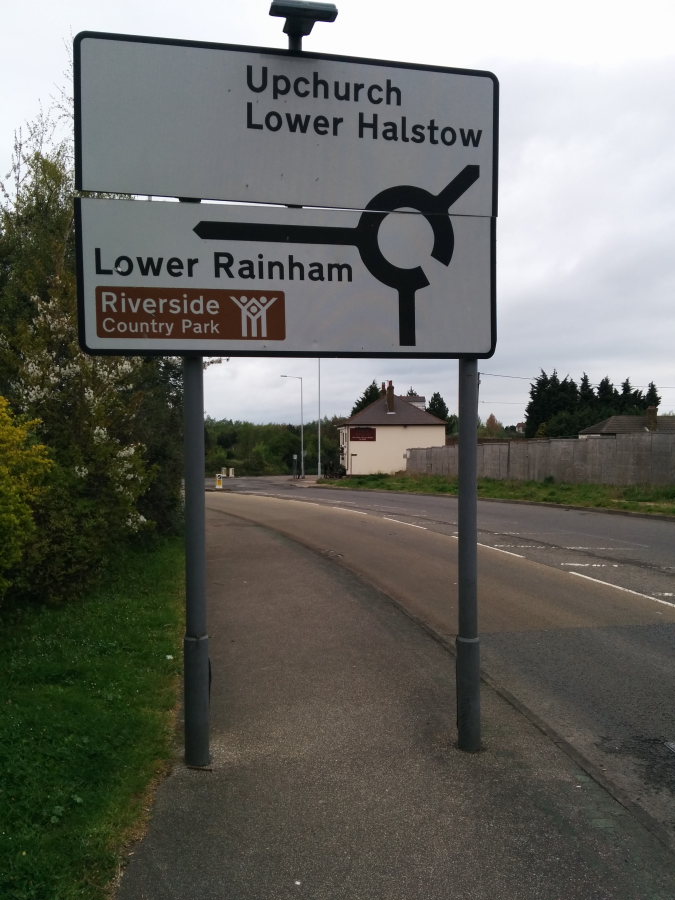Working in the Brickfields
From the mid-19th until the mid-20th century many local men were employed in either the Otterham or Lower Halstow brickfields. Cliff Wanstall worked there before he became a well known and long serving Upchurch village postmaster.

“I worked in the Lower Halstow brickfields for five during the 1930s. My father had worked there as a moulder and setter and I used to travel to London on one of the brickfield trucks and helped the driver unload. I also ran errands in the brickfield during the school holidays. My first full time job as a ‘crowder’ was physically hard. I had to push a barrow full of bricks along a rail which was then loaded on to a lorry. I also worked as a ‘flatty’ making bricks by hand in the brick shed.
Men usually worked full time in the brickfield and women worked there as barrow loaders during the summer months but sometimes many were laid off during winter because of wet weather which made brick making difficult. Work usually began at 6 a.m.and finished at 5 p.m.with a one hour lunch break. Workers were paid on a peace work basis per thousand bricks. If rain came after working hours a whistle sounded and workers had to return to the field to cover the bricks, even late at night. Work was hard but relations between employees good.
Local Upchurch men who were employed in the Lower Halstow brickfield included Bert Smitherman and Wally Edmonds from The Street and Bert and Ashley Edmonds from Twinney.
Safety precautions were quite good but occasionally I would see a man running with his barrow on rails downhill only to let go when losing control causing the barrow to crash and scatter its contents on the ground. The older workers looked after the younger ones. Work was difficult to obtain during the 1930s and the brickfields allowed a regular income. Many men were employed there all their working lives.
After the war I worked at Eastwood’s Otterham brickfield for two years and my first job was in the chalk pit just off Canterbury Lane. The work was easier than at Lower Halstowbecause you didn’t have to run so far with the bricks.
Most of the workers cycled to the brickfield from around the locality and many took a bottle of cold tea to drink. I got laid off for a month after I crashed my bike into the back of a lorry at the bottom of Windmill Hill on my way to work and got injured but I recovered.
On Saturday evenings some brickfield workers returned to The Three Sisters public house where they would pay their bills that they had run up during the week. The greatest benefit of working at the Eastwood’s brickfield was that if you were a member of a gang that produced one million bricks the company would provide each man with a new pair of boots. The work was very hard but I enjoyed it and worked there until the late 1940s.”
The brickfields closed down during the 1970s and the Otterham site is now occupied by a private housing estate that stretches up Otterham Quay Lane.
David Wood.












































































































































Comments
RSS feed for comments to this post